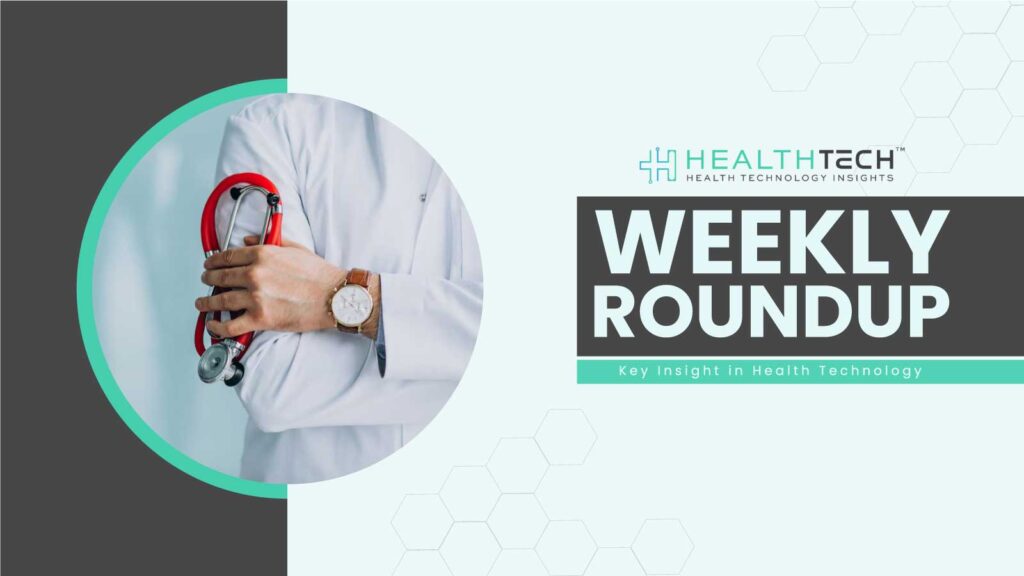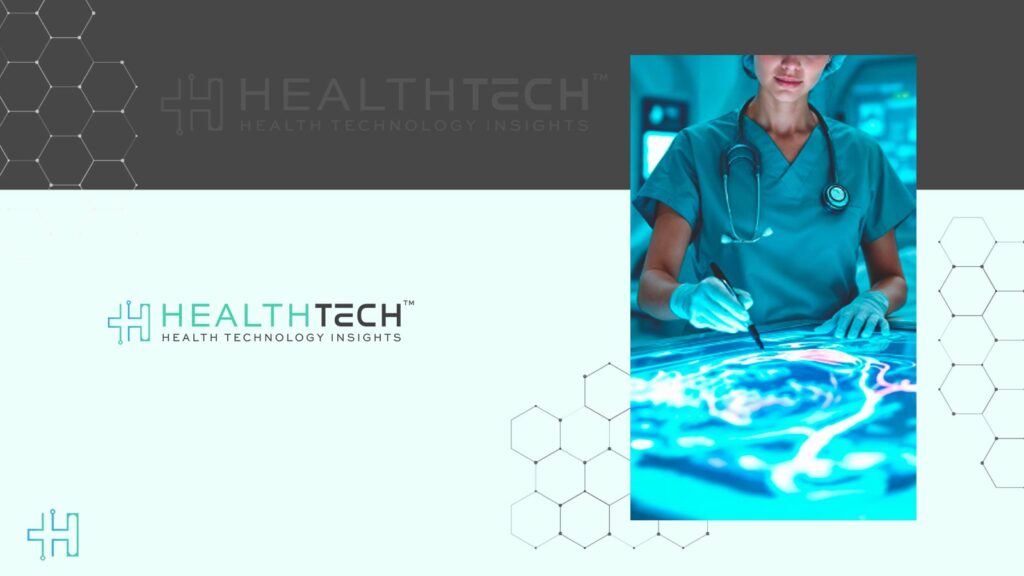Brain wave technology is radically changing healthcare and human performance, offering new, unique ways of looking at and interpreting the brain’s electrical activity. A few of the applications of brain wave technology include using it to identify neurological disorders, improve mental and cognitive functions, and provide customized solutions to patients and the general public.
In this article, we can observe the distinct innovations of this field of brain wave technology, and the impact and applications it has offered to healthcare and human performance.
What is Brain Wave Technology?
Brain wave technology consists of measuring and analyzing the brain’s electrical activity. Brain wave technology utilizes electroencephalography (EEG), which measures brain waves at distinct frequency bands.
The brain’s data is divided into frequency bands based on the state of brain activity in hertz (Hz) or cycles per second (CPS). The frequencies are referred to as brain waves, which can be classified into 5 frequency bands:
Gamma Waves (30-100 Hz): High-level cognitive functioning and information processing.
Delta Waves (0.5-4 Hz): Deep sleep, restorative states.
Theta Waves (4-8 Hz): Light sleep, relaxation, and creativity.
Alpha Waves (8-13 Hz): Calm, focused, relaxed alertness.
Beta Waves (13-30 Hz): Active thinking, problem-solving, and focus.
Brain wave analysis reveals insights into brain health, identifying abnormal signals and physical changes linked to brain wave disorders.
Applications in Healthcare
Brain wave technology is quickly moving from the research lab to practical applications in healthcare. Analyzing the brain’s electrical activity helps clinicians detect subtle neural changes indicating early illness or cognitive decline.
These understanding abilities are changing the way clinicians make decisions about diagnosis and monitoring. The process uses a simple, non-invasive assessment that is faster and more accurate than previous methods.
1. Neurological Disorder Diagnosis
Brain wave technology is an important methodology for diagnosing neurological disorders, including epilepsy, Alzheimer’s, and various sleep disorders.
For example, the “Fastball” test, designed by researchers at the Universities of Bristol and Bath, used EEG technology to determine whether a patient showed early signs of Alzheimer’s disease. This non-invasive “Fastball” test takes 3 minutes and identifies brainwave responses when exposed to a series of flashing images.
This low-cost advancement helps caregivers and patients detect Alzheimer’s early, marking a significant step forward in care.
2. Seizure Detection and Management
As brain wave technology has developed, systems are now able to monitor patients’ brain activity in real time and can trigger a response to a patient’s seizure, such as delivering medication or alerting a healthcare provider. This ability to react to seizures as they happen is an important advance in improving patient outcomes and safety.
3. Sleep Disorder Management
EEG-based devices are being used more and more to identify and treat sleep disorders like insomnia and sleep apnea. When attached to patients during sleep, devices can track brain wave patterns and collect incremental data that can predict the quality of sleep and guide more effective management, making the patient experience better because of good and poor sleep.
Maximizing Human Performance
Brain wave technology is much more than a tool for health care. By gathering data on an individual’s brain activity in real time, brain wave technology can help unlock the cognitive value and emotional resolution capacity inside every person.
Reports on active, engaged, and excited brain wave activity provide users with a form of actionable data that they can use to modify, construct, and improve focus, memory, and mental staying power.
Professionals, athletes, and hobbyists have leveraged these databanks of brain wave activity to help them in preparing for or succeeding in a high-stakes or high-pressure environment while maintaining mental well-being.
1. Cognitive Training and Neurofeedback
Neurofeedback, a form of biofeedback, uses EEG to monitor brain activity and provides real-time feedback to individuals, enabling them to regulate their brain waves. This technique has been shown to enhance cognitive functions such as attention, memory, and emotional regulation. Athletes and professionals are increasingly adopting neurofeedback to optimize performance and mental resilience.
2. Brain-Computer Interfaces (BCIs)
BCIs facilitate direct communication between the brain and external devices, offering significant potential for individuals with disabilities. For example, Chinese companies like NeuroXess and NeuCyber NeuroTech have successfully implanted BCI devices in patients, allowing them to control digital interfaces with their thoughts.
3. Wearable Technology for Cognitive Monitoring
Innovations in wearable technology have led to the development of devices that monitor brain activity in real-time. Products like Neurable’s MW75 Neuro headphones use EEG sensors and AI to detect focus levels, prompting users to take breaks when attention wanes. These devices not only enhance productivity but also contribute to long-term brain health.
Future Outlook
The integration of brain wave technology into healthcare and human performance is expected to expand, with advancements in AI and machine learning enhancing the accuracy and applicability of EEG-based systems.
As research progresses, we anticipate more personalized and effective interventions, leading to improved patient outcomes and enhanced cognitive performance across various sectors.
Healthcare Powered by Brain Waves
Brain wave technology is at the forefront of a revolution in healthcare and human performance. By providing deeper insights into the brain’s electrical activity, it enables more accurate diagnoses, personalized treatments, and optimized cognitive functions.
As this technology continues to evolve, its impact on improving the quality of life and performance across diverse populations is undeniable.
FAQs
1. What is brain-wave technology all about?
Brain-wave technology is the measurement and analysis of the electrical activity in your brain, typically through the use of an electroencephalogram (EEG). It can describe a plethora of mental states and assist in diagnosing neurological issues.
2. How does neurofeedback work?
Neurofeedback leverages EEG to measure brain activity and gives feedback in real-time so that the individual can learn to self-regulate their brain waves, thus improving cognitive abilities like attention and memory.
3. Can brain-wave technology detect Alzheimer’s disease early?
Yes. These technologies have developed elucidating skills using EEG to find signs of Alzheimer’s disease in approximately 10 minutes using the “Fastball” test. It is a non-invasive, quick method of early detection.
4. What are brain-computer interfaces (BCIs)?
Brain-computer interfaces (BCIs) create a direct connection from the brain to things outside the body. Essentially, you can control a digital interface with your thoughts. BCIs can be powerful for people with disabilities.
5. Are any wearable devices available to track brain activity?
Yes, wearables like Neurable’s MW75 Neuro headphones leverage EEG sensors and AI to track your brain activity in real-time so that you can track productivity/engagement levels.
Dive deeper into the future of healthcare.
Keep reading on Health Technology Insights.
To participate in our interviews, please write to our HealthTech Media Room at sudipto@intentamplify.com




